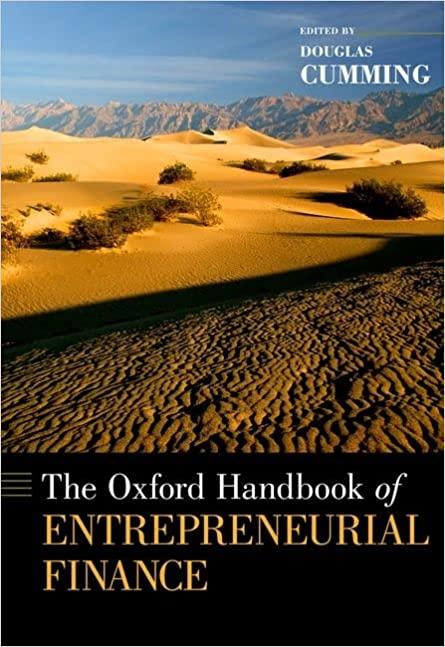Question
1, In the early 1980s, Brazil's government, through an average inflation rate of 147 percent per year, got only 1.0 percent of output as seignorage,
1,
In the early 1980s, Brazil's government, through an average inflation rate of 147 percent per year, got only 1.0 percent of output as seignorage, while Sierra Leone's government got 2.4 percent through an inflation rate less than a third as high. What might be the differences in financial structure that partially explain this contrast? (Hint: In Sierra Leone the ratio of currency to nominal output averaged 7.7 percent: in Brazil it averaged only 1.4 percent.)
A.
Brazilians were more sensitive than residents of Sierra Leone in managing their money money holdings, so they were making more frequent transactions with less balances.
B.
In the face of higher inflation, Brazilians find it less advantageous than residents of Sierra Leone to rely on using money balances in transactions, which reduces their average money holdings.
C.
In the face of higher inflation, Brazilians find it more advantageous than residents of Sierra Leone to economize on their money holdings by using automatic teller machines.
D.
Residents of Sierra Leone had to rely heavily on currency, whereas Brazilians had more choices of holding money.
2,
Which of the following is NOT a motive for international asset trade?
A.
Intertemporal trade
B.
Tax avoidance
C.
Capital controls
D.
International portfolio diversification
Step by Step Solution
There are 3 Steps involved in it
Step: 1

Get Instant Access to Expert-Tailored Solutions
See step-by-step solutions with expert insights and AI powered tools for academic success
Step: 2

Step: 3

Ace Your Homework with AI
Get the answers you need in no time with our AI-driven, step-by-step assistance
Get Started


